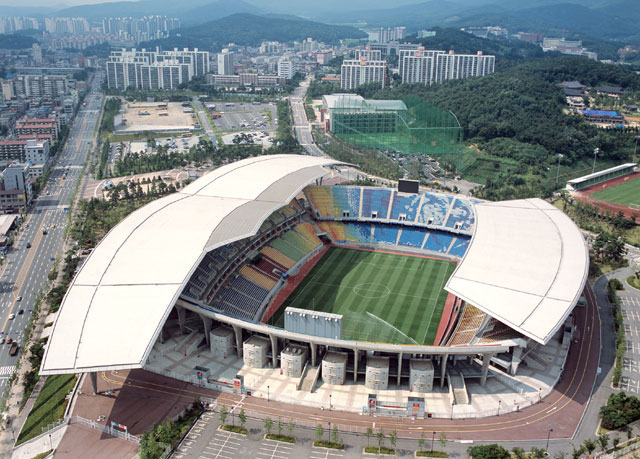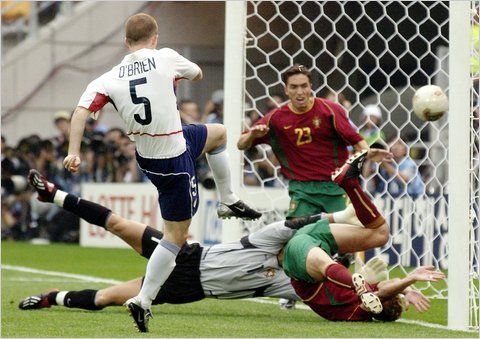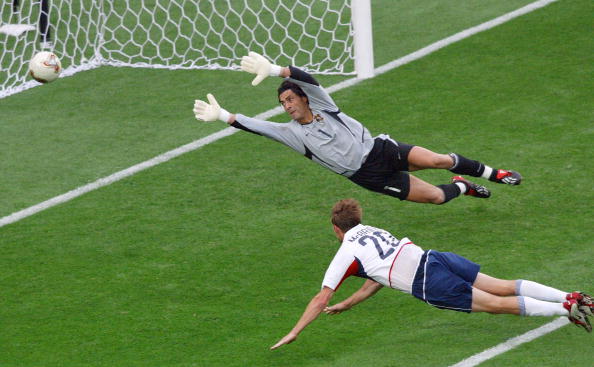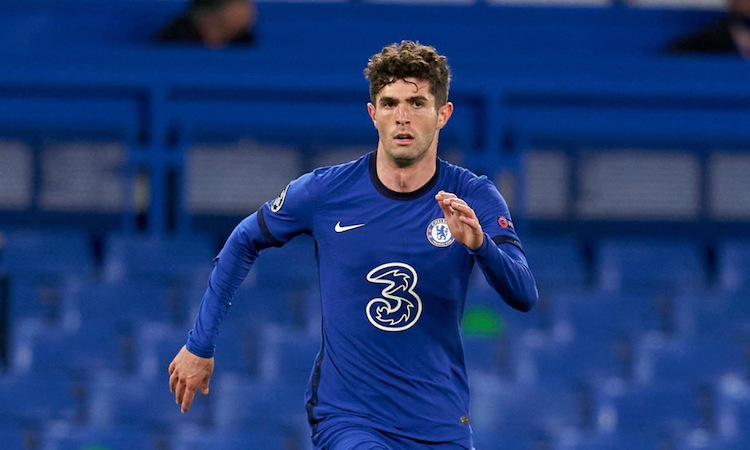Nineteen years ago at the end of this month, the World Cup came to Asia for the first time in a tournament co-hosted by South Korea and Japan. I had the good fortune to be living in Korea at the time, and the stars aligned in a way that allowed me to attend three of the matches played by the US.
The first match was particularly memorable for a lot of reasons. The date was June 5th, and I’d just reenlisted in the Air Force for the last time that morning. I had the rest of the day off. The US were playing Portugal at 6 that evening in Suwon (I’ve written about Suwon a couple of times — love that city) just a bit over 20 miles north of where I lived at the time. I had no plans to go, other than toying with the idea.

When I got home that morning, Micha was reading the paper. It turned out, there were still tickets available. They were nosebleed seats, running around $100 apiece, but hey, I was celebrating. Maybe I could make it.
I knew Suwon pretty well. My brother-in-law lived in an apartment only a few miles from the World Cup Stadium, so I knew some of the back-streets in the area. To control traffic, they had an odd/even system — your ability to enter the area depended on the last number of your car’s license plate number. On odd-numbered days, odd-numbered cars could go in, on even, even. Mine was odd, so I drove to within a mile of the stadium, parked my van, pulled out my bike, and pedaled it through the security cordon (about a half-kilometer from the stadium) right up to one of the ticket windows…where they weren’t selling tickets. I was told that they were selling the tickets at a school back outside of the cordon, so I pedaled back out, found the kiosk (a tent, actually), and got in line with my credit card.
And there were still tickets available. But as I was about to pay I asked, “are these the cheapest tickets you have?” “No, they’re selling others outside to the right at a table.” I walked around to the side of the tent and there were people with stacks of fifty-dollar tickets for seats in the second deck on the ends. I got one about 4 rows up right over one of the goals, and ended up sitting next to a really nice Canadian couple (who were rooting for Portugal. I remember getting back at them by telling them I’d be rooting for Canada when they played their matches).
I also had the good fortune to be sitting right above the goal in which the US scored every one of their goals.
But the amazing thing was that they scored at all, let alone won the match. They were playing Portugal for crying out loud. This was one of the top European sides — favored to go far if not win the whole thing. So just a few minutes into the match, when the US scored their first goal, I looked at my Canadian neighbors and said, “I don’t know soccer, but I know that wasn’t supposed to happen.”

Within 36 minutes, the US were up 3-0, and the rest is history. Portugal clawed back to within 3-2 (in part due to an own-goal by Jeff Agoos), but ran out of time. It was all such a memorable experience.

I ended up taking the family to see the US lose to Poland, but advance to the next round anyway due to a shocking South Korean 1-0 defeat of Portugal elsewhere. And then I took Jack to the second round match against Mexico, another incredible experience in which the US won 2-0. But that is for another day.
Soccer is often joked about as a worthless sport populated by prima-donnas. It’s “boring” because there’s so little action. It’s a shame that Americans often feel that way. They’ve been ruined by sports like (American) football, which, for an hour of timed play, only includes approximately 11 minutes where the players are actually doing anything. But it’s really about investment. The US seldom have a competitive team. They didn’t even qualify for the tournament the last time it was played (2018), and didn’t qualify for the upcoming Tokyo Olympics either. But there’s reason for encouragement too. Christian Pulisic is the best thing to come out of the US in years if not ever. And there are plenty other exciting young players out there, many of whom play in Europe. Not to mention the continued expansion and development of professional soccer domestically in the MLS. Not quite to the standards elsewhere in the world, but it’s catching on.

Fans need something with which they can relate. We almost got there in 2002 — building a sense of national pride on one of the largest stages in the world. It’s been a while, but that’s when I really started to get it.
